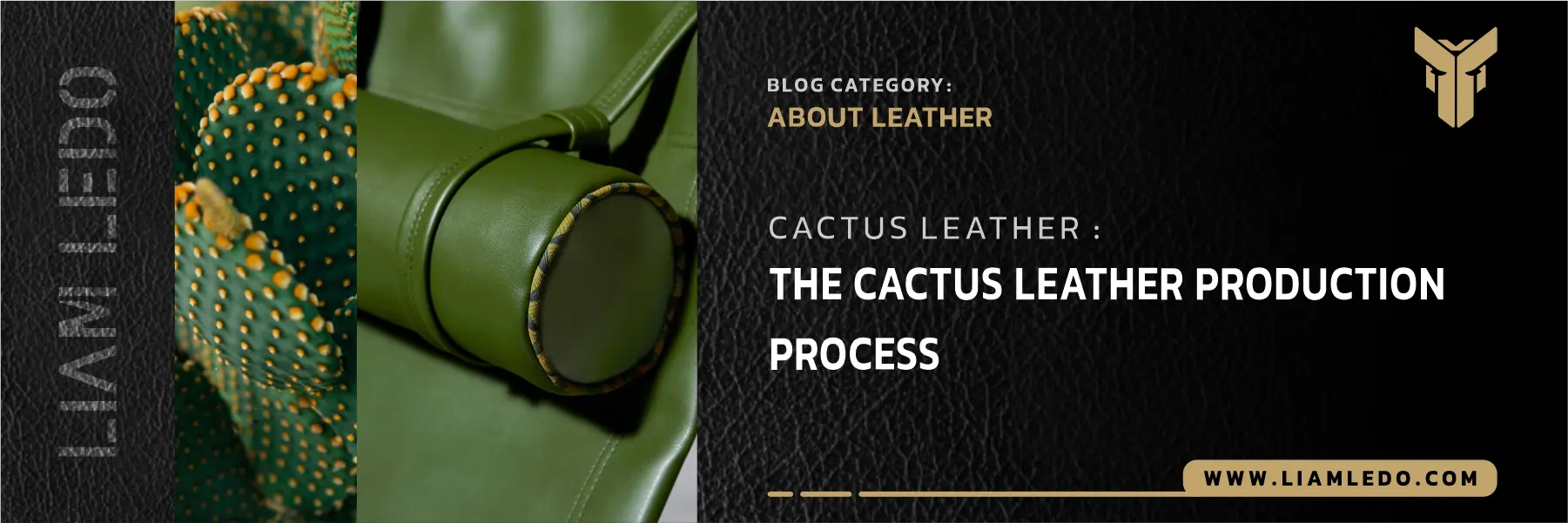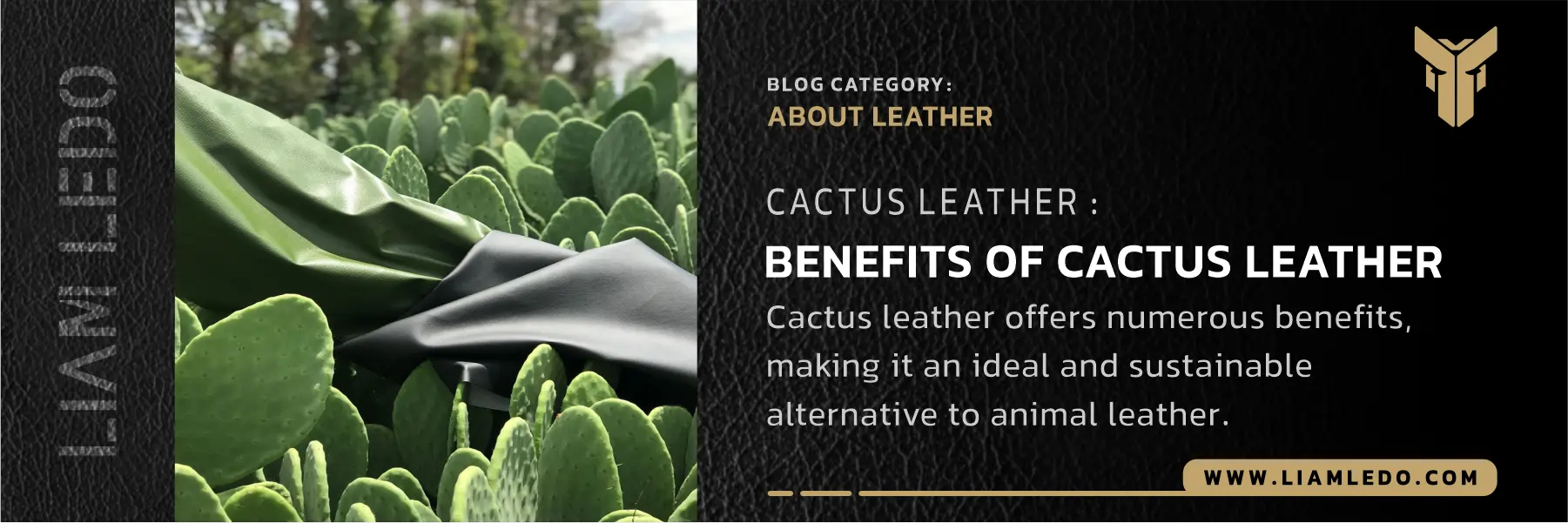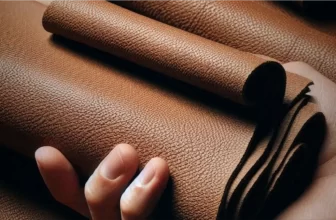
Cactus Leather: A Green Innovation in the Fashion Industry
Introduction:
The fashion industry, as one of the largest industries in the world, has significant environmental impacts. One of the major contributors to this is the extensive use of animal leather, which not only harms natural resources but also raises ethical concerns. In response to these challenges, researchers and designers have been seeking more sustainable and eco-friendly alternatives. One such innovative substitute is cactus leather, which is rapidly gaining attention in the fashion industry and among environmental advocates.
What is Cactus Leather?
Cactus leather, also known by the brand name Desserto, is derived from a specific species of cactus called Nopal, or the prickly pear cactus. This leather was developed by two Mexican entrepreneurs, Adrián López Velarde and Marte Cázarez. They created a process that uses the mature leaves of the cactus to produce a sustainable and renewable leather material.

The Cactus Leather Production Process:
The production of cactus leather involves several key steps, each carried out with precision and attention to detail:
- Cactus Cultivation and Harvesting: Nopal cacti are grown on farms without the need for additional irrigation. These plants thrive in arid, low-water environments and do not require chemical pesticides or artificial fertilizers.
- Harvesting Mature Leaves: Only the mature and large leaves of the cactus are used for leather production. After being harvested, the leaves are dried in the sun for several days.
- Processing and Fiber Extraction: Once dried, the leaves are turned into powder, and the fibers are extracted. These fibers are combined with other natural materials and processed without the use of toxic chemicals to create a leather-like material.
- Dyeing and Final Preparation: In the final stages, cactus leather is dyed using natural colors and cut into various shapes and sizes for different applications.
Benefits of Cactus Leather:
Cactus leather offers numerous benefits, making it an ideal and sustainable alternative to animal leather:
- Eco-friendly: The production of cactus leather requires less water and is done without the use of chemical pesticides or synthetic fertilizers. Additionally, the process does not involve harmful chemicals.
- Renewable and Sustainable: Nopal cacti grow rapidly and can be harvested continuously without harming the environment.
- Ethical and Cruelty-free: The use of cactus leather reduces dependence on animal leather, thereby lowering violence against animals.
- Durable and Resistant: Cactus leather is highly resistant to wear and tear, ensuring long-lasting use.
- Variety of Colors and Textures: Cactus leather can be produced in various colors and textures, allowing designers to use it in a wide range of products, including bags, shoes, clothing, and accessories.
Challenges in Producing and Using Cactus Leather:
Despite its many advantages, there are some challenges associated with the production and use of cactus leather that need to be addressed:
- Production Costs: The initial costs of producing cactus leather can be high, as specific processes are required to extract and process the cactus fibers.
- Public Awareness: Many consumers are still unfamiliar with cactus leather and may prefer animal leather products.
- Long-term Sustainability: To ensure the long-term sustainability of cactus leather, more research is needed on its environmental and economic impacts.

Applications of Cactus Leather:
Due to its unique properties, cactus leather has been used in many industries:
- Fashion and Apparel Industry: Many well-known fashion brands use cactus leather to produce bags, shoes, clothing, and accessories. These products are not only stylish and durable but also allow consumers to make more sustainable and ethical choices.
- Home Goods: Cactus leather is also used in home goods such as furniture, seat covers, and interior decorations. These products are long-lasting and add beauty and style to home décor.
- Automotive Industry: Some car manufacturers have also become interested in using cactus leather for interior car upholstery. This choice helps reduce environmental impact and increases the use of sustainable materials in car production.
Environmental and Social Impacts:
The use of cactus leather not only helps reduce negative environmental impacts but also has positive social effects:
- Reducing Greenhouse Gas Emissions: The production process for cactus leather requires less water and results in lower greenhouse gas emissions. Additionally, cacti act as carbon sinks, improving air quality.
- Conserving Natural Resources: By using cactus leather instead of animal leather, natural resources are preserved, and pressure on animal ecosystems is reduced.
- Job Creation and Support for Local Communities: Cactus leather production can create new job opportunities in rural areas and support local communities. This industry can contribute to the economic and social development of these regions.
Conclusion:
Cactus leather, as a sustainable and ethical alternative to animal leather, offers numerous advantages that can help reduce the environmental impacts of the fashion industry. Despite the challenges, with increasing public awareness and support for green innovations, cactus leather has the potential to become a significant and widely used material in the fashion industry and beyond. With continued research and the development of new technologies, the future looks bright for cactus leather and other sustainable materials.






